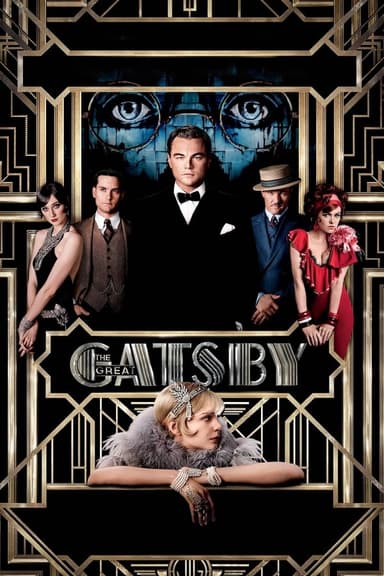
On Chesil Beach
2018 • Drama, Romance • R
In 1962 England, a young couple finds their idyllic romance colliding with issues of sexual freedom and societal pressure, leading to an awkward and fateful wedding night.
Runtime: 1h 50m
Why you should read the novel
Ian McEwan's novel On Chesil Beach offers an immersive dive into the inner lives of its troubled newlyweds, revealing the complexity of their emotions through exquisite prose. The depth of characterization and the subtle shifts in point-of-view let readers intimately experience the misunderstandings and unspoken fears shaping the couple’s fateful wedding night. The raw vulnerability and psychological insight crafted by McEwan simply cannot be fully captured on screen, making the novel a richer, more resonant exploration of desire, communication, and regret.
By reading the novel, you gain access to the internal monologues and backstories that give real shape to Edward and Florence's hopes and anxieties. McEwan’s delicate layering of time, memory, and character creates a profound sense of empathy that is difficult to replicate in a visual medium—drawing you into the minds of his protagonists in ways film can only hint at.
The book’s elegant structure and sparse yet evocative language leave a lasting emotional impact. For those seeking a deeper understanding of the themes of sexual awakening, shame, and miscommunication, the novel provides a thought-provoking and emotionally authentic experience far beyond what a two-hour movie can convey.
Adaptation differences
One significant difference between the film and Ian McEwan's novel is the narrative perspective. The book delves extensively into the inner thoughts, backstories, and motivations of both Edward and Florence, while the film must externalize these internal monologues. As a result, the movie relies more on actors’ performances and visual cues, which can leave some character motivations ambiguous or less explored than in the novel.
Another key difference lies in the structure and pacing of the story. The novel fluidly shifts between past and present, weaving in formative events from the characters’ childhoods and earlier romance, enriching the emotional texture. The film, by necessity, streamlines much of this background information, instead focusing on a more linear unfolding of events, which alters the overall narrative rhythm and depth.
The portrayal of the pivotal scene on the beach is also notably different. The book lingers on the psychological turmoil, allowing readers to process Florence’s internal struggle and Edward’s confusion in detail. The film attempts to capture this tension visually but is limited in conveying the complexity of emotions and thoughts that McEwan explores through prose, making the confrontation more abrupt and less nuanced.
Finally, some plot points and the ending are expanded in the adaptation. The film adds a coda that extends beyond the book’s conclusion, showing Edward and Florence much later in life to provide a sense of closure. This addition alters the tone and message of the story’s resolution, shifting the focus from the lingering, unresolved regret of the novel to a more explicit meditation on the consequences of their choices.
On Chesil Beach inspired from
On Chesil Beach
by Ian McEwan













